On August 19, the third of four United Nations negotiations for a Global Ocean Treaty will open in New York. Why are these negotiations crucial for the future? Because they could pave the way towards the protection of 30% of the world’s oceans, as recommended by the scientific community.
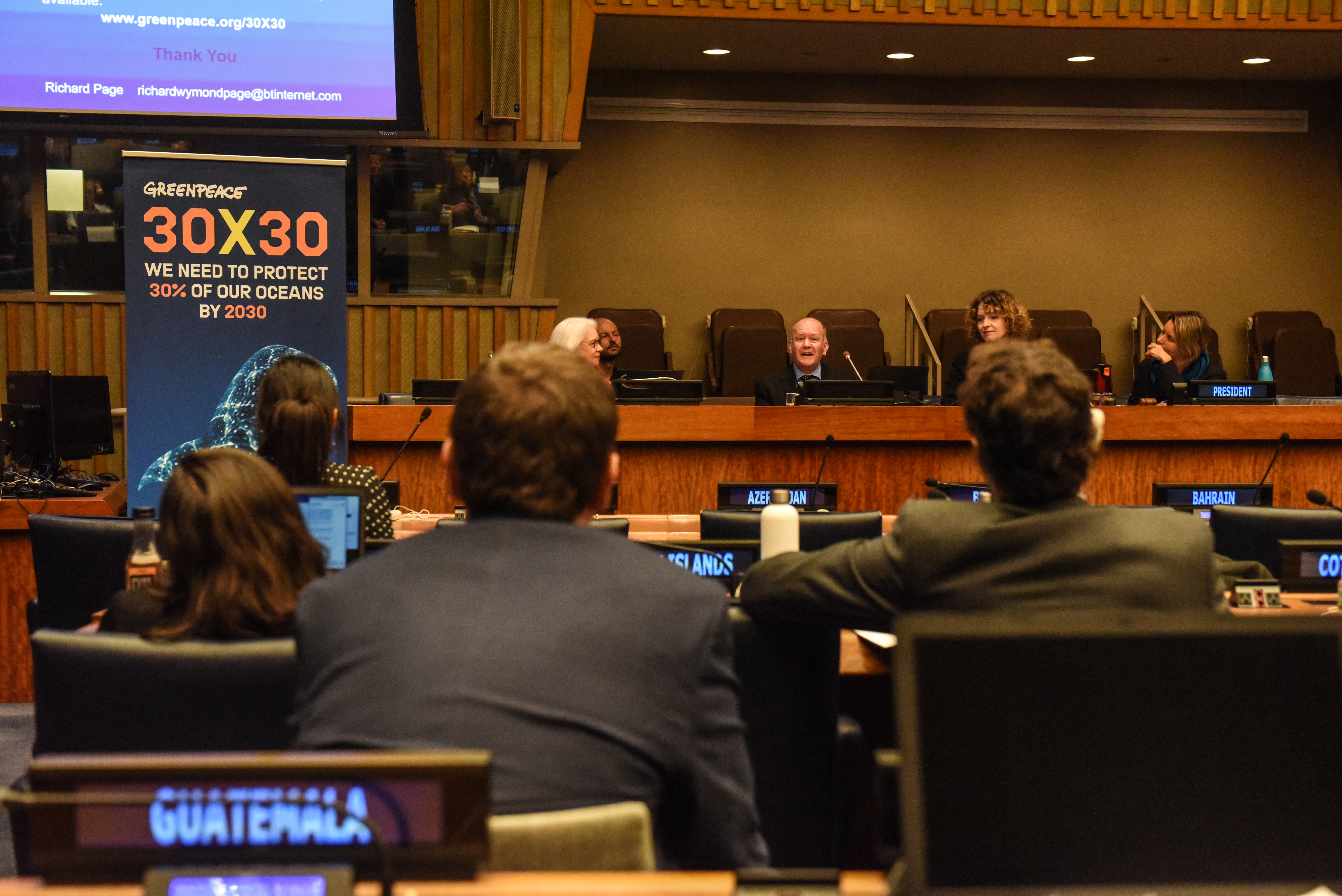
A delegation of Greenpeace representatives attend the second session of the Intergovernmental Conference on an international legally instrument under the United Nations Convention on the Law of the Sea on the conservation and sustainable use of marine biological diversity of areas beyond national jurisdiction.
From underwater mountains to flying fish, ocean life is diverse, unique, weird and wonderful. In addition to ensuring food security for billions of people around the world, the oceans play a vital role in balancing the climate. But as we read in the news more and more, our oceans and the important role that they play in our blue planet’s survival are under immense threat.
If we want to maintain biodiversity, help the recovery of threatened and overexploited marine species and strengthen the resilience of our oceans to climate change, we need a good deal of political courage at this upcoming meeting. And we need it in the form of support for not just words on paper but actions and protection in the water.
We need to convince the Canadian government to support an ambitious Treaty. And that’s where you can help!
Download our action kit and make sure that the relevant Ministers hear your call for bold action!
The facts show that marine sanctuaries have a positive impact on biodiversity as well as the economy. Here are three reasons to support the creation of a global network of marine sanctuaries.
1. More ocean sanctuaries = more life!
Studies have shown that ocean sanctuaries, also known as “no take” marine reserves, quadruple the biomass of animals and plants and also vastly increase their size. They also serve as breeding grounds for threatened species, such as whales and marine turtles, and protect marine ecosystems and the biodiversity they sustain. As our oceans change, sanctuaries can also help to increase the resilience of ocean life against the impacts of climate change and ocean acidification.
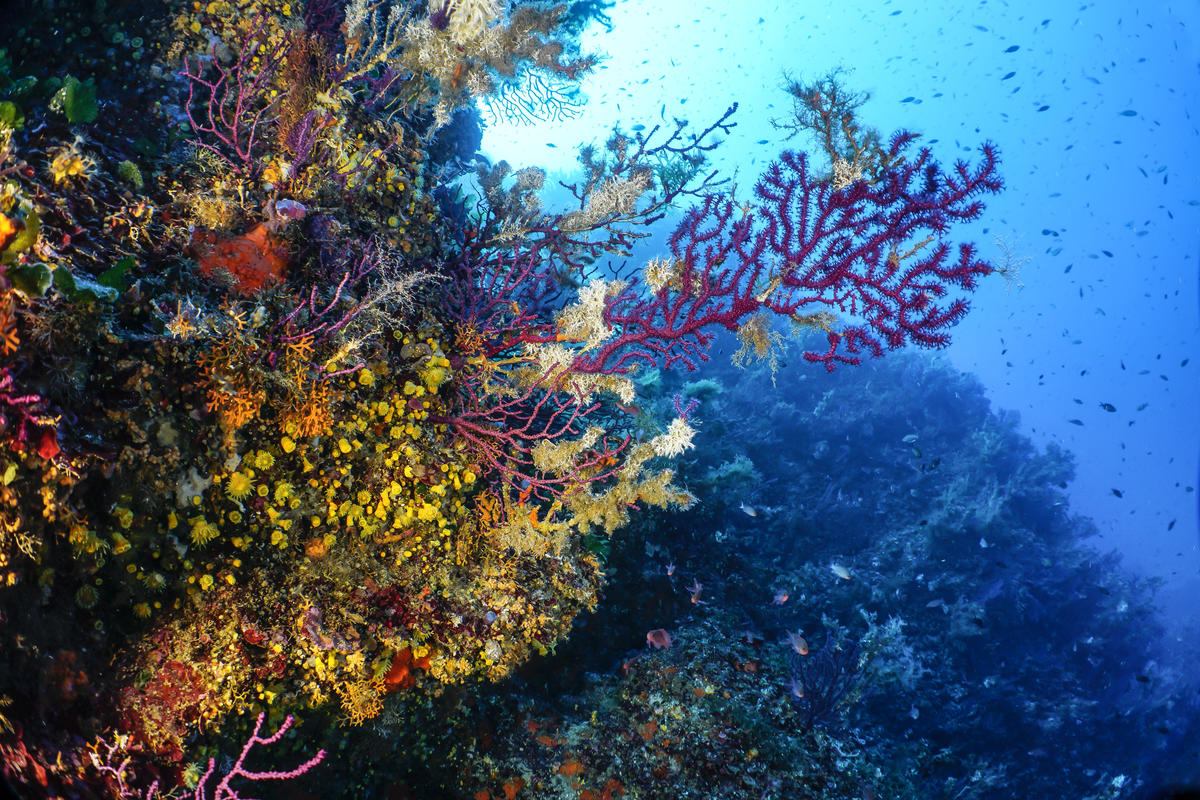
Sardinia, Marine Protected Area of Island of Tavolara – Secca Papa
2. Plenty of fish (and money) in the sea
Scientists have shown that ocean sanctuaries can boost local economies. Scientists involved in a recent investigation by National Geographic found that inside ocean sanctuaries there is often a boost in tourism, and they help benefit fisheries outside of the areas. Initial costs for developing the reserve can therefore be made up for in as short as five years.
Recent examples from Palau, UK, Chile, New Zealand and the US demonstrate that it is politically possible to set aside extensive areas where extractive industries such as fishing, mining and oil exploration are forbidden. Canada has recently set aside more ocean areas off limits to these industries too! Establishing large ocean sanctuaries in the high seas is likely to lead to a fairer distribution of marine resources, where many coastal states, including countries in the Global South, would benefit.
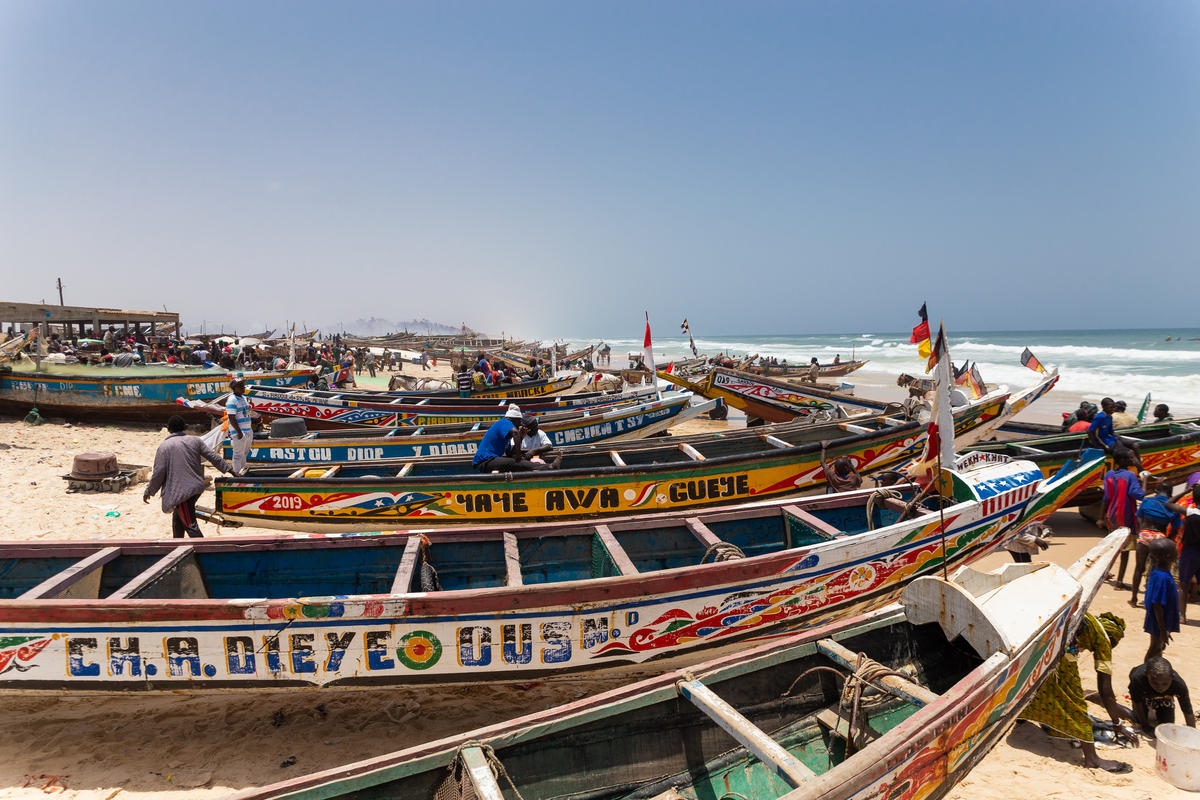
People in the fishing Fass Boye, Senegal.
3. Marine sanctuaries can help protect us from the effects of climate change
Over half of the biological carbon stored globally is stored by living marine organisms! Not only do areas that protect salt marshes, mangroves, and algal and seagrass beds, all of which store carbon, help mitigate climate change impacts, but whales (through their pooping!) and other species like phytoplankton living in the high seas help to create the conditions for carbon dioxide absorption from the atmosphere and sequestration in our oceans.
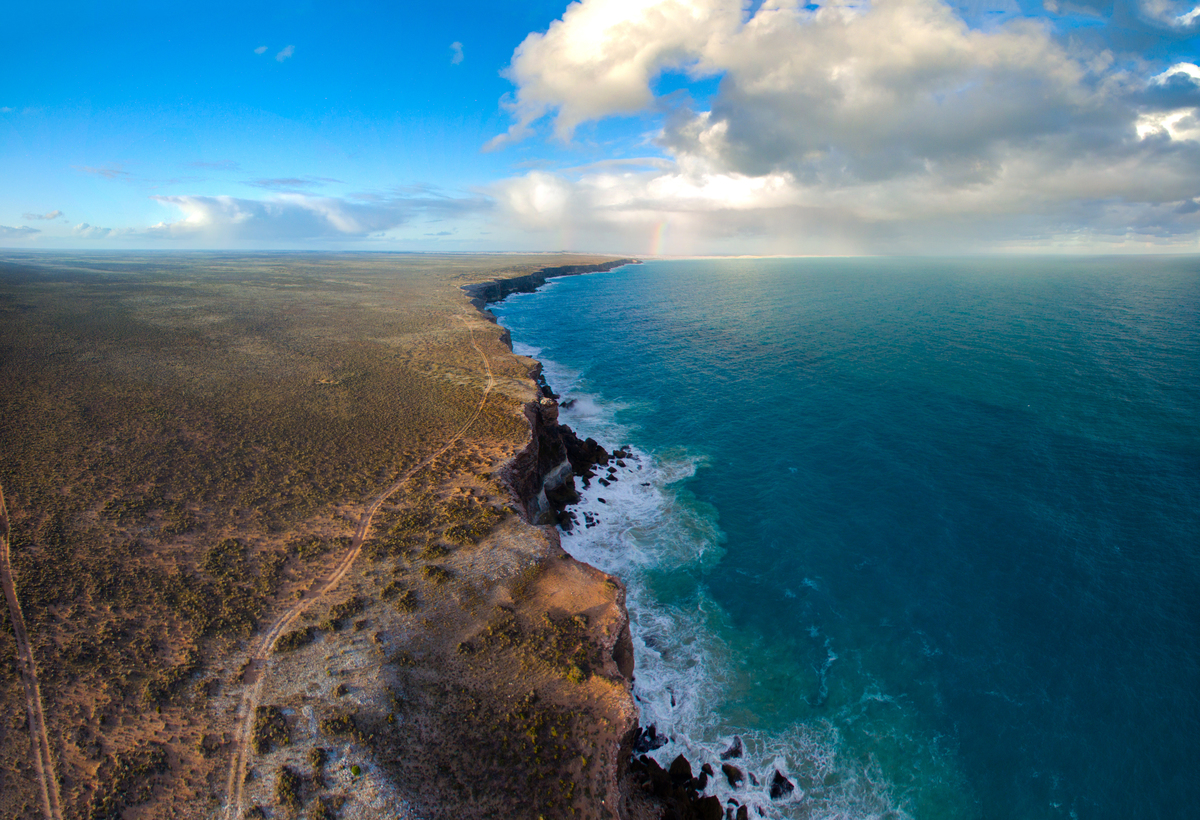
Drone footage of Bunda Cliffs in the Great Australian Bight.
What next?
There’s still a lot of work to be done in the coming years to get the Global Ocean Treaty in place at the UN and make sure it’s as strong as it needs to be.
Less than one percent of the high seas are currently protected, so we have 29% more to go before we are achieving the recommended 30 percent or more of the oceans protected through a global network of ocean sanctuaries.
Greenpeace will be in New York to push for the creation of sanctuaries that will give our oceans the protection they desperately need. You can help from the comfort of your home! Download our toolkit now and help urge Canada to help lead us toward a brighter future for our salty friends.

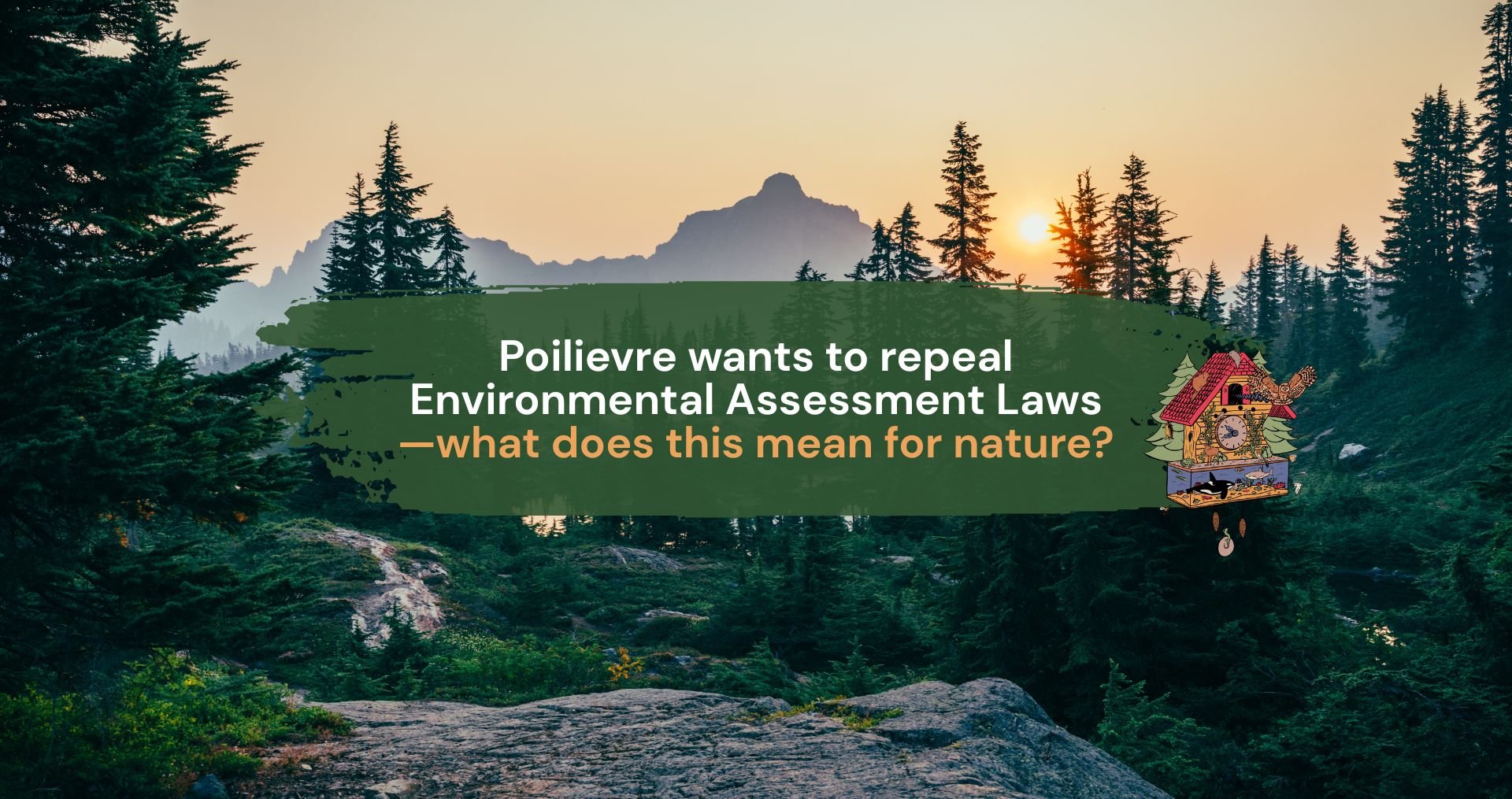
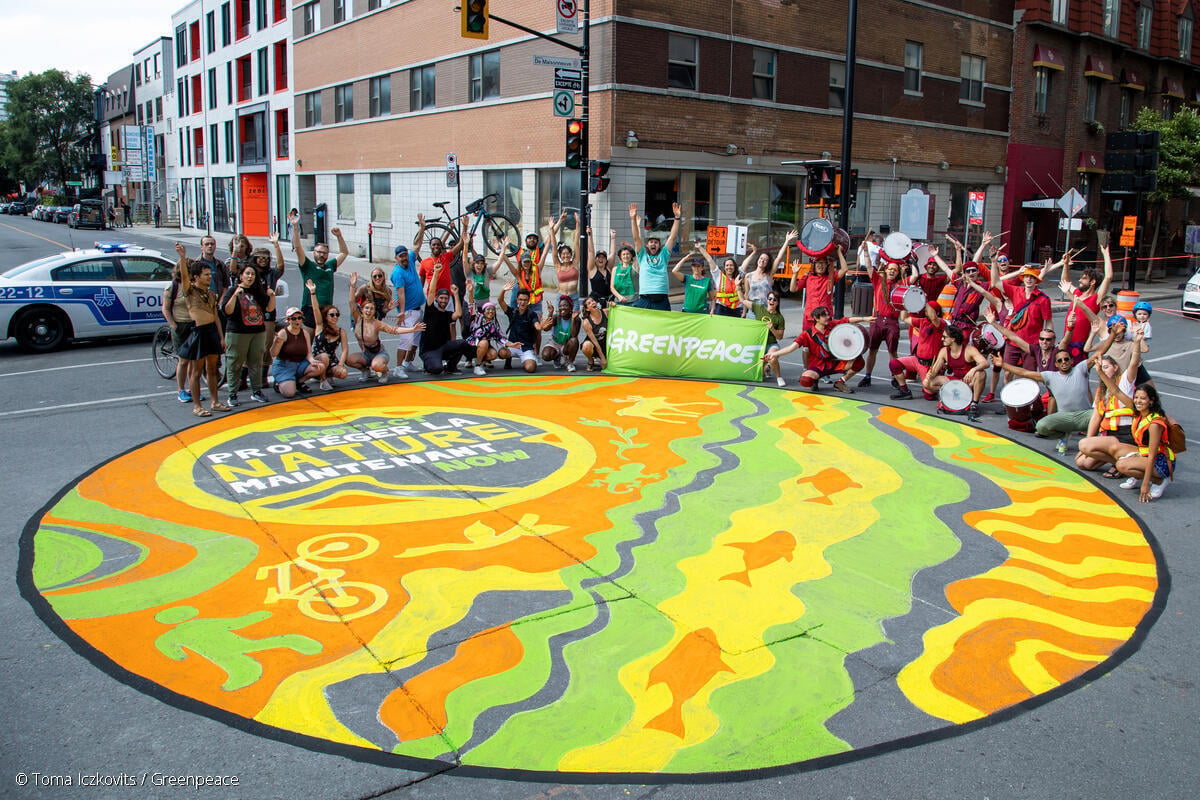
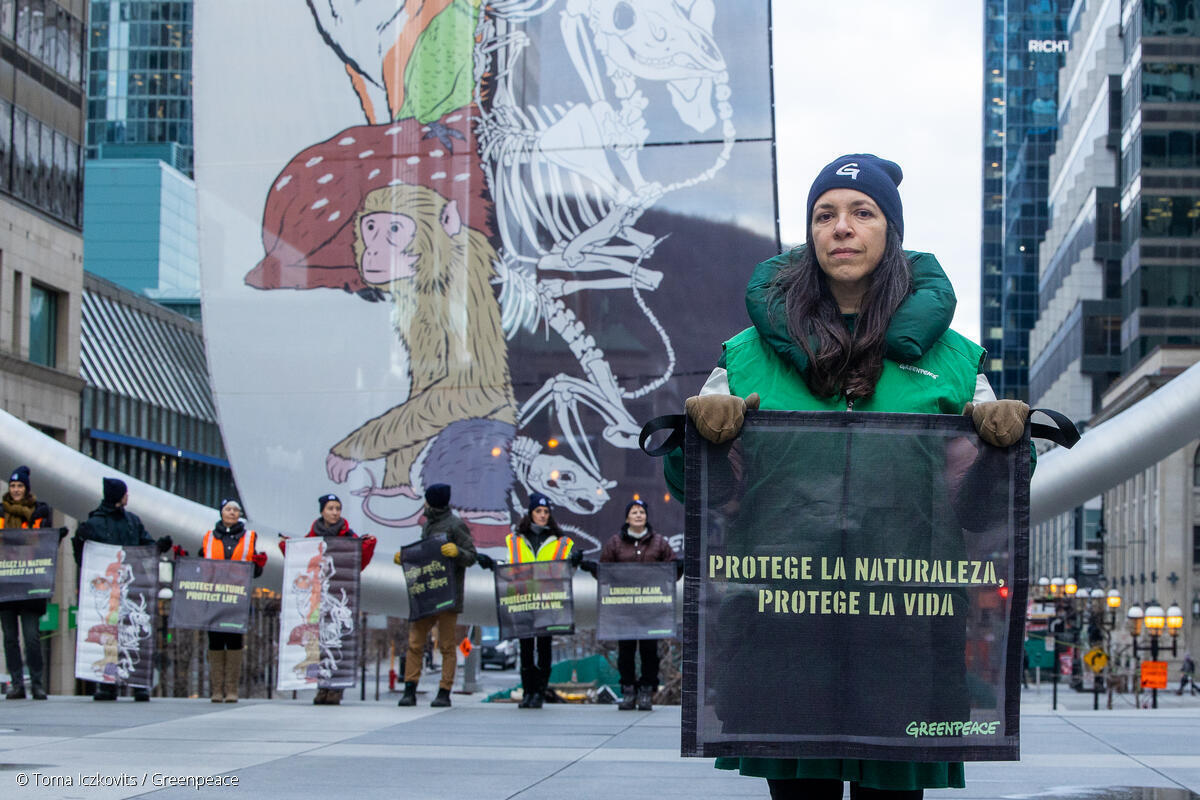
Discussion
Clean the oceans. Plastic made of algae biodegradable. Sanctuaries. Correct the cycle of fresh water. Do anything to bring back healthy oceans we depend on them. It is the origin and it is the survival. Global Ocean Treaty